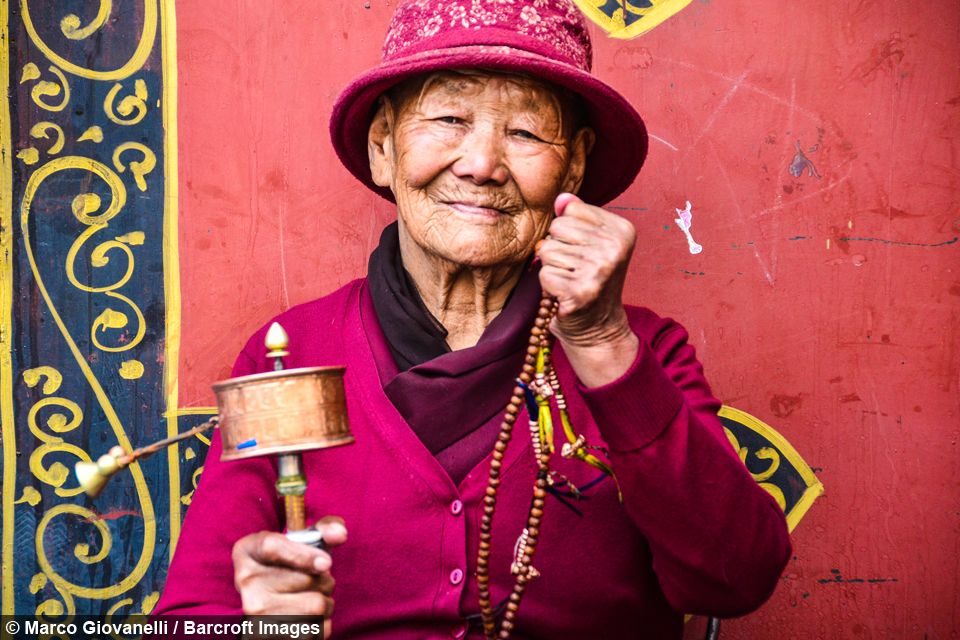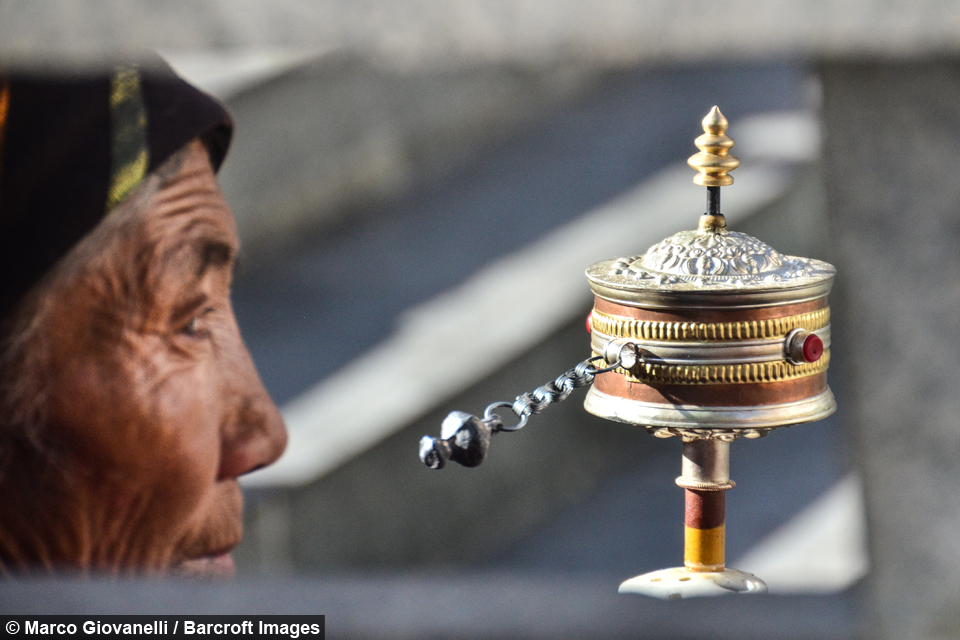The ancient Buddhist gesture of prostration
By Shannon Lane @shannonroselane
Scroll down for the full story
Called prostration, this Buddhist gesture is used to show one’s loyalty to the Buddha, his teachings and the spiritual community - known as the ‘The Triple Gem’.
Photographer Marco Giovanelli travelled to Tibet in April 2016 to capture the pilgrims during their daily prayers around Barkhor Street, and the famous Potala Palace - the primary residence of the Dalai Lama until 1959.
He said: “Those two places are the most important pilgrim circuits in Lhasa. Here many pilgrims hold the prayer wheels and walk about 1km clockwise, from dawn to dark.
“In many cases they repeatedly stretch themselves completely on the ground and touch their hands to the foreheads (representing the mind), mouths (speech) and chest (body) each time.
“Pilgrims who repeatedly prostrate themselves while making the circuit, take one step, make a Tibetan prayer gesture, raise their hands in prayer, and lay down on the ground, their arms extended in front of them. Then they stand up and place their feet where their fingertips had just touched and repeat the process again.”
Pilgrims who travel far to the holy temples occasionally even prostrate the entire distance, covering the arduous journey in a series of prostrations.
Giovanelli said: “Tibetans ideally are expected to prostrate themselves 100,000 times a year, which works out to almost 300 times a day, every day of the year.”
In this holy place, everyone is equal; Buddhists of all ages and abilities prostrate.
The Italian photographer said: “I saw very elderly pilgrims performing prostration without using any pillows or other aids, and I also saw people without legs doing the same.
“The way they express their piety to their belief helps you understand the holiness of this religion.”








